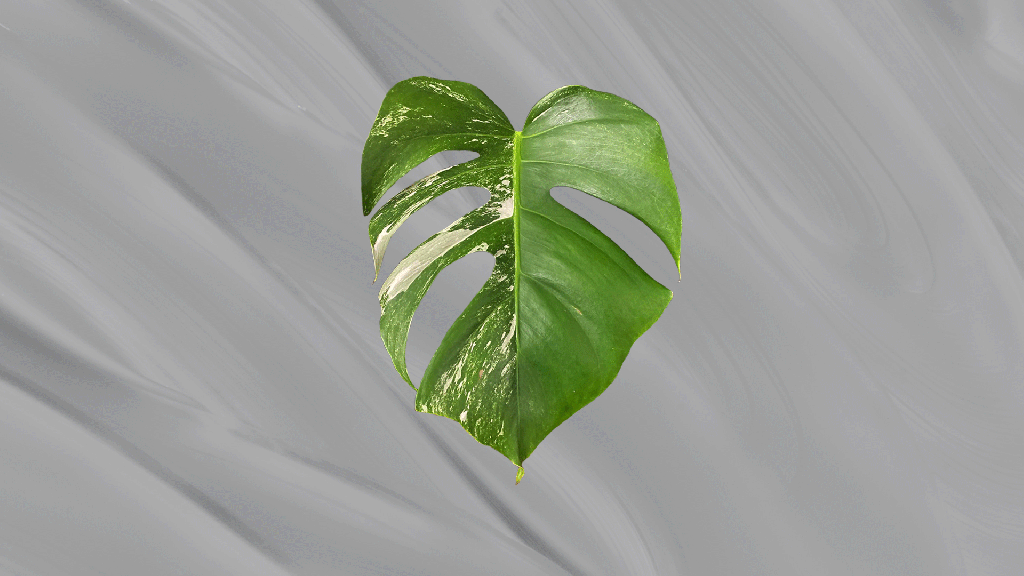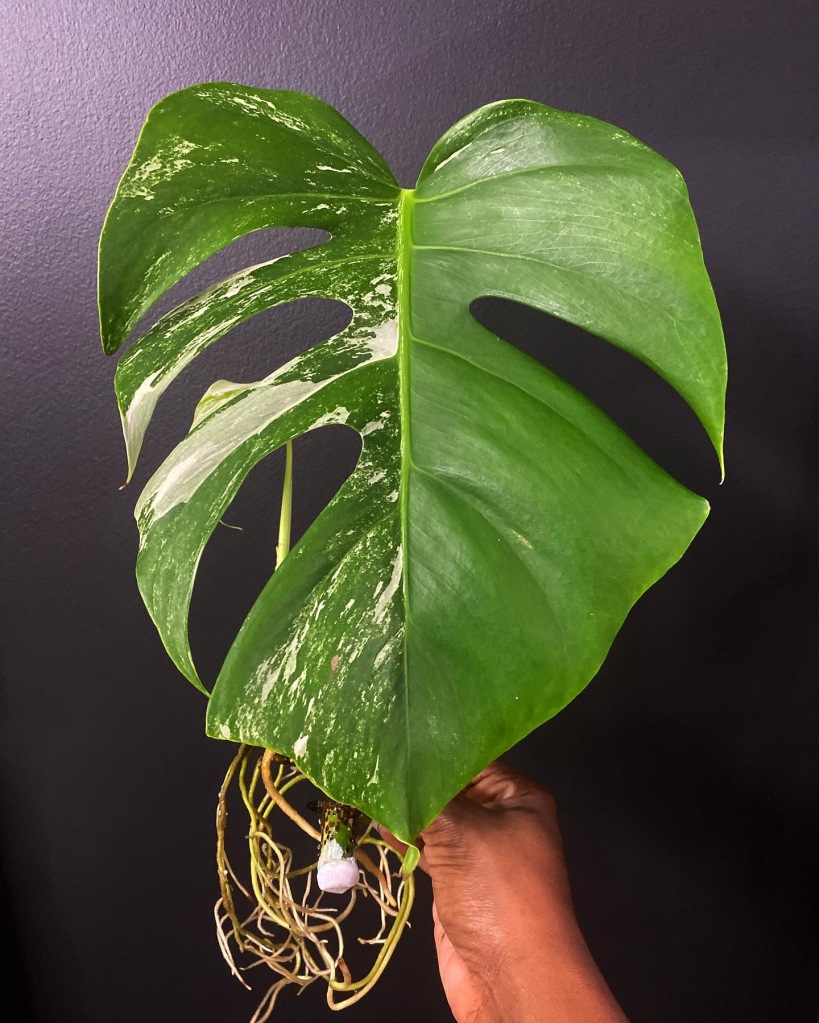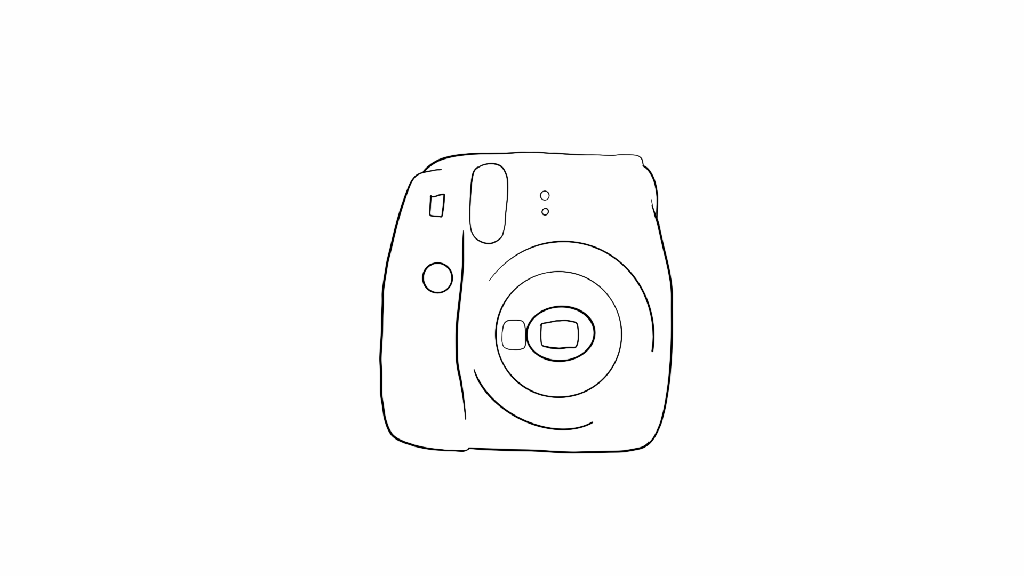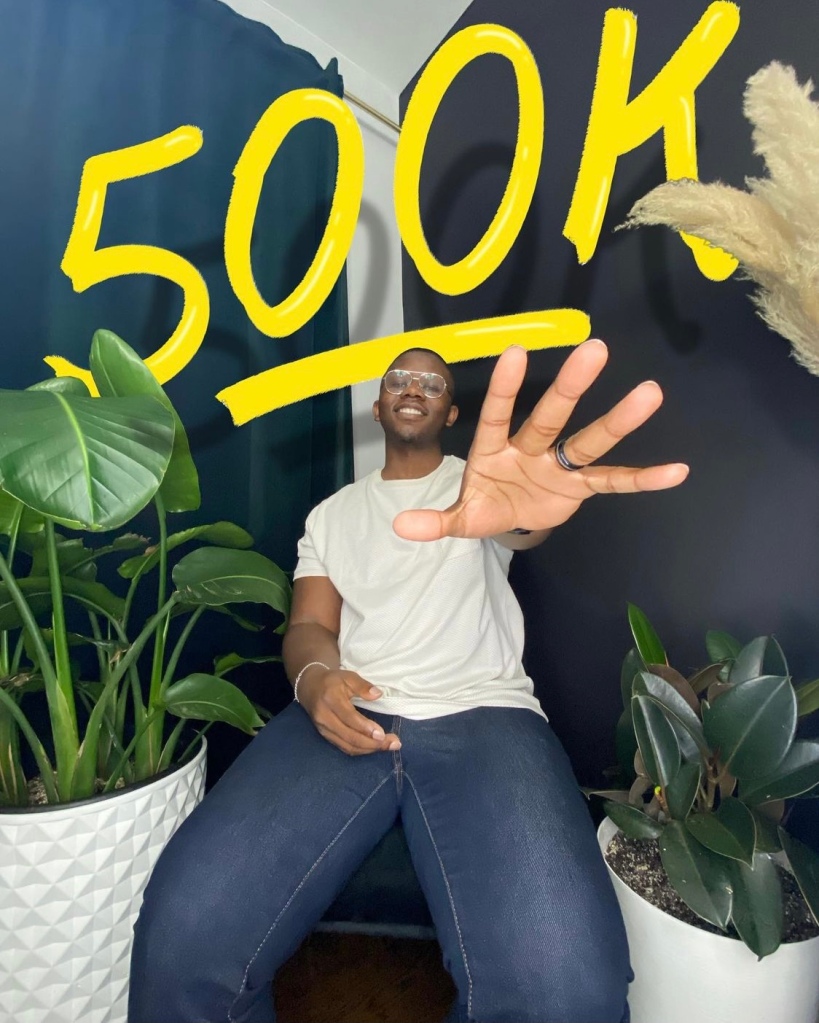Reading & Writing
Introduction
Liz Blazer starts off Animated Storytelling by highlighting the relevance of animated storytelling in our society. Today, storytelling is meaningful, significant, and powerful for a plethora of individuals, audiences, and platforms. Successful animated storytellers are in high demand, yet few and far between. Blazer emphasizes that, no matter what form or method of animated storytelling you utilize, it is imperative to be mindful of the story you are telling. She states, “being intentional about storytelling is the key to success.” Blazer shares ten steps throughout her book to be a successful animated storyteller, starting with the first chapter: Pre-Production.
Pre-Production
Chapter 1 of Animated Storytelling discusses the significance of pre-production. Before jumping right into animation, it is important to plan and prepare for the animation you want to create. This is achieved through Concept development, previsualization, and asset building. If the animated work is a building, these three stages of pre-production are the foundational blocks needed to start constructing. Furthermore, once these stages are complete, you’re off to a great start at developing a solid animation.
This chapter reminded me that every creative piece requires intentionality, even from the start. Without a vision, research, and a plan, you are likely to get lost in your work. Blazer writes, “jumping right into animation before completing the stages of pre-production is kind of like climbing into the ring with a prizefighter without having had a single boxing lesson. You might get a lucky jab in here or there, but after that it’s going to be a bloodbath.” If you’re not intentional about establishing a concept, determining the look and feel, and gathering the assets needed to start producing, your journey into production will get messy.
Although Blazer walks the reader through each stage step-by-step, here’s her quick guide on how to get started with pre-production:
- Write a creative brief.
- Identify your big idea and create a storyline.
- Be open, follow the Yes, and… rule.
- Clarify tone and story o objectives by writing an elevator pitch, six-word story, and tag line.
- Determine your project’s look and feel with influences and by experimenting with design direction.
- Make changes to your story based on design decisions.
- Begin building and organizing your assets.
- Rough out a style frame.
Research to Inform
GIF-Sharing Today
These days, animated GIFs are popular, effective, and timeless because of how relatable they can be. GIF-sharing is a quick way for people to express their thoughts and feelings without using words at all. There’s a GIF out there for any and everyone.
Furthermore, GIFs can capture complicated thoughts and concepts and transform them, making them simple and palatable. Generally, GIFs are received well and are easy to understand.
Here’s a look at some of my favorite GIFs:
Homer
Even if you haven’t watched The Simpsons, you will surely be able to relate to GIFs that originate from this show. Jokes from The Simpsons are classic and have stood the test of time.
Although my favorite Homer GIF shows him vanishing into a hedge, this GIF of him falling down the stairs is not only hilarious but clever. It goes beyond traditional looping identified amongst animated GIFs. It’s seamless, meaning you can not tell where it ends or begins, so Homer keeps falling down a never-ending staircase. It’s simple, yet brilliant.
Homer Vanishing into the Bushes
Sometimes people make amendments to existing GIF animations to make things even more relevant. Recently, Homer’s vanishing GIF was used to make a funny meme in which he is holding a houseplant. In the plant community, this houseplant is often labeled as “rare” and “expensive.” There are long-running jokes about plant-lovers sneaking their latest plant purchases into their house in hopes of hiding it from a roommate or loved one. The caption on this modified GIF was “trying to sneak another monstera into my flat without my roommates noticing.” Added layers and nuances within GIFs make them even more fun.

Homer Hiding Monstera Albo. GIF found on Instagram
Real Life
I call the following GIFs “Real Life GIFs,” because they display the realities we all face at one point or another regarding our circumstances and emotions. We have all said “I’m fine” at some point in life when we were likely anything else but “fine.” Therefore, We can laugh at relatable GIFs, knowing that we are not alone in what we experience.
Storytelling
Finally, GIFs that display a story are effective because they easily explain a process or journey within seconds. Whether making coffee, growing a plant, baking cookies, or slicing fruit, these GIFs allow you to observe how something is accomplished without it being over-produced or over-explained.
Create: GIFs of Three Things I Love
Plants
In the past year, I have become a plant enthusiast. I started taking photos to document the progress of each of my plants and eventually created an Instagram page to further document my journey, learn more plant-related things, and connect with other plant-lovers. Created using three video layers in Photoshop, the GIF below pictures a cut-out leaf from my current favorite plant moving back and forth as the background alternates between three textured images.

Creating each layer within this GIF required me to remove the Monstera leaf from its background, rotate and place it where desired on the canvas, and add in a textured background overlaid with a gray-colored layer set to multiply. The three layers were then merged to create one layer. I repeated this process two more times and converted all layers to video layers to develop the final product.

Capturing Memories

I love capturing memorable life moments via photos, videos, and, oftentimes, polaroids. This GIF is an onion skin animation of my Instax Mini camera, snapping a photo. After the camera flashes, the film emerges from the top of the camera and floats through the frame. This GIF was created in Photoshop using a video layer. Although the camera was stagnant, the flash and the film were active. The file GIF was created using 33 separate drawings.

My Husband
This final GIF alternates through several images I recently captured featuring my husband. To celebrate hitting 500k followers on TikTok we staged an in-home photoshoot for use on his social media platforms. These close-ups are some of my favorite shots from the mini shoot.
This GIF was also created in Photoshop. However, this time I created a frame animation instead of creating a video timeline. Using eight frames, I alternated between each photo at five frames per second and set the GIF to loop.


Final Thoughts
GIFs are fun, interactive, informative, and relatable. Whether created using existing footage, photos, illustrations, or more, GIFs are useful in many ways. They are fairly simple to create and functional for any experience level. Whether making them or sharing them, GIFs are engaging and enjoyable for all audiences.


